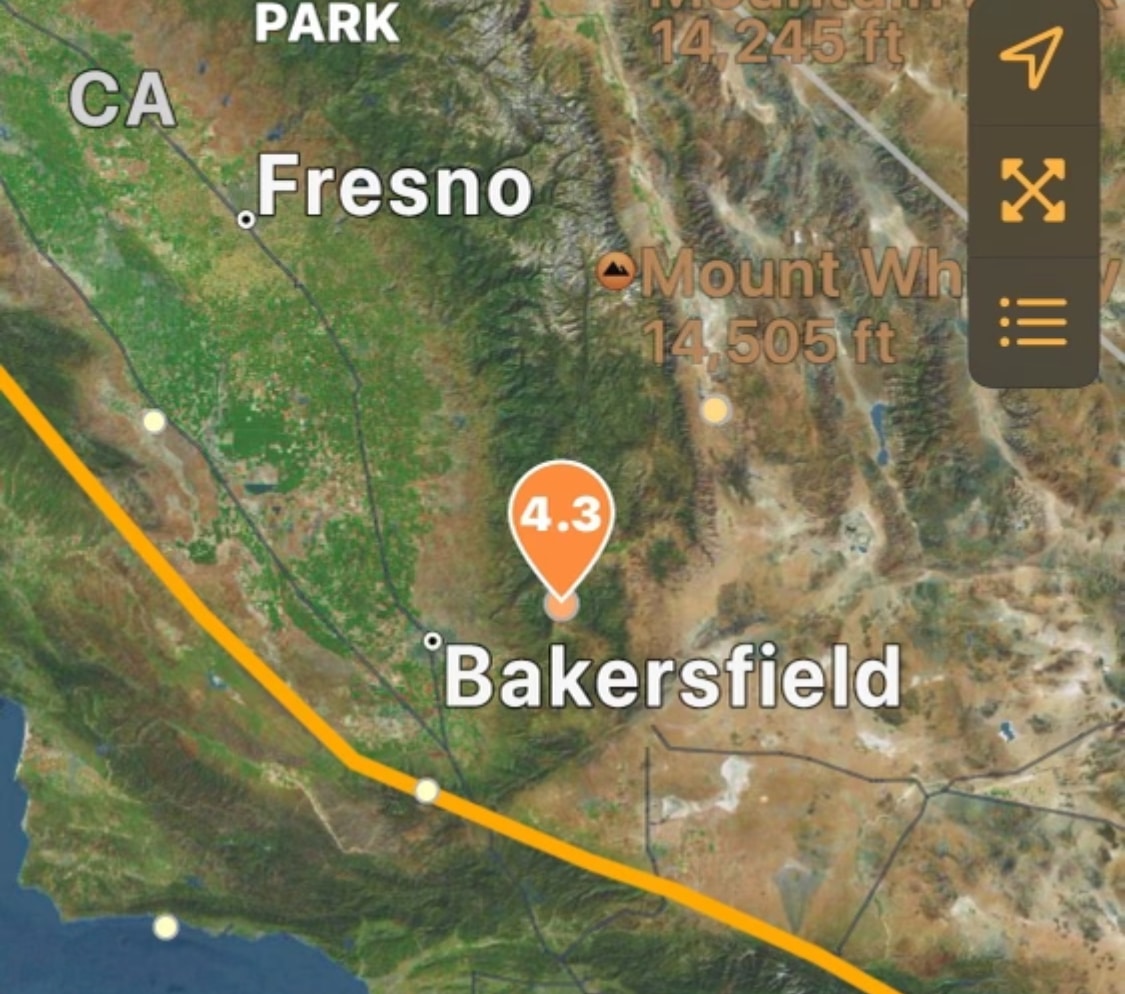OPINION (Charisma) – Record rains and associated climate concerns are big news today. We thought it would be a good time to bring in some historical perspective from Brian Fagan’s classic book, The Little Ice Age. Just last week, writers Jacob Bunge and Kirk Maltais reported in The Wall Street Journal that the last 12-month period was the wettest on record in the Continental U.S. As a result of the soggy ground, Farmers may not be able to plant millions of acres with corn. Politicians point to global warming, but we suggest you turn to the second chapter of Mr. Fagan’s book, entitled “The Great Famine.” In the year 1315, the Little Ice Age
began with years of record rainfall in Europe, drowning the crops and leading to famine. The rain signaled the arrival of global cooling, which ended a prosperous period when the climate was warm as today, known as the Medieval Warm Period. The Little Ice Age continued for 500 years until the modern warming began in the 1800s. Next turn to Chapter 7, “The War Against Glaciers,” where you will learn how a decrease in solar energy produced the coldest portion of the Little Ice Age, from 1645 to 1715. English astronomer E.W. Maunder noticed that the sun was virtually free of reported sunspots during this period, an indication of reduced solar output. This 70-year reduction in sunspot activity and the resulting period of extreme cold climate were given the name Maunder Minimum. READ MORE

















